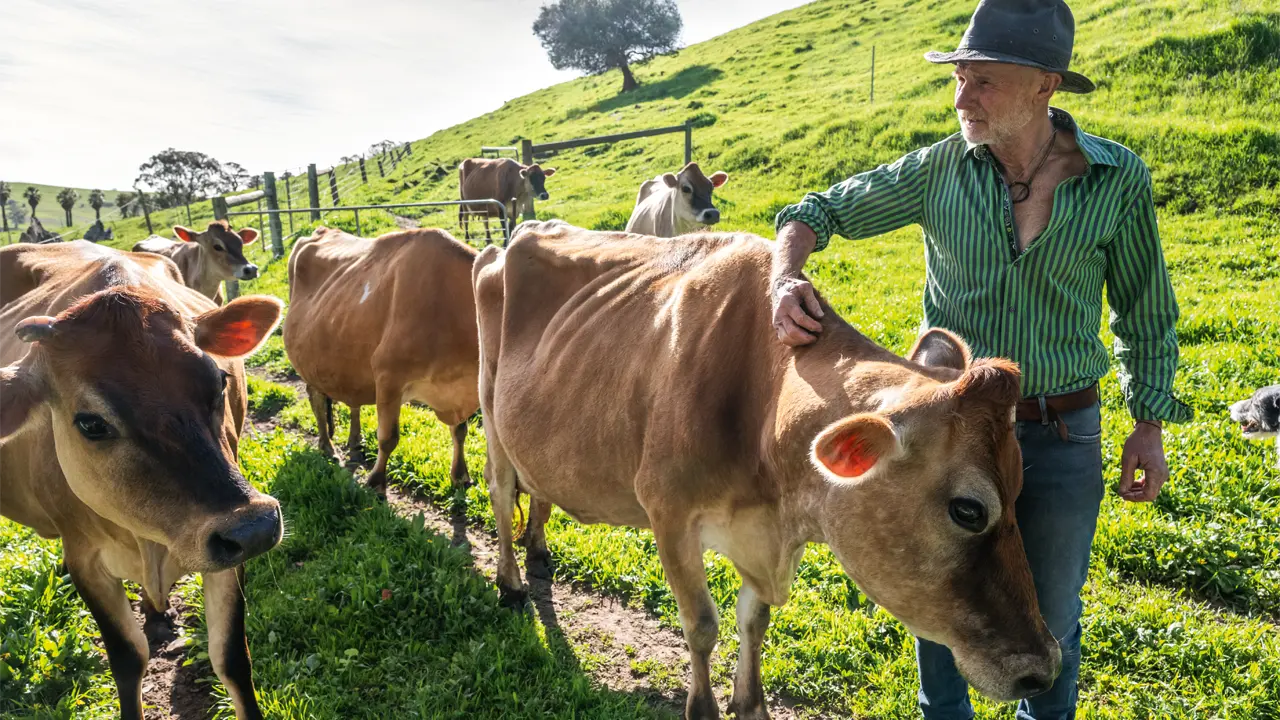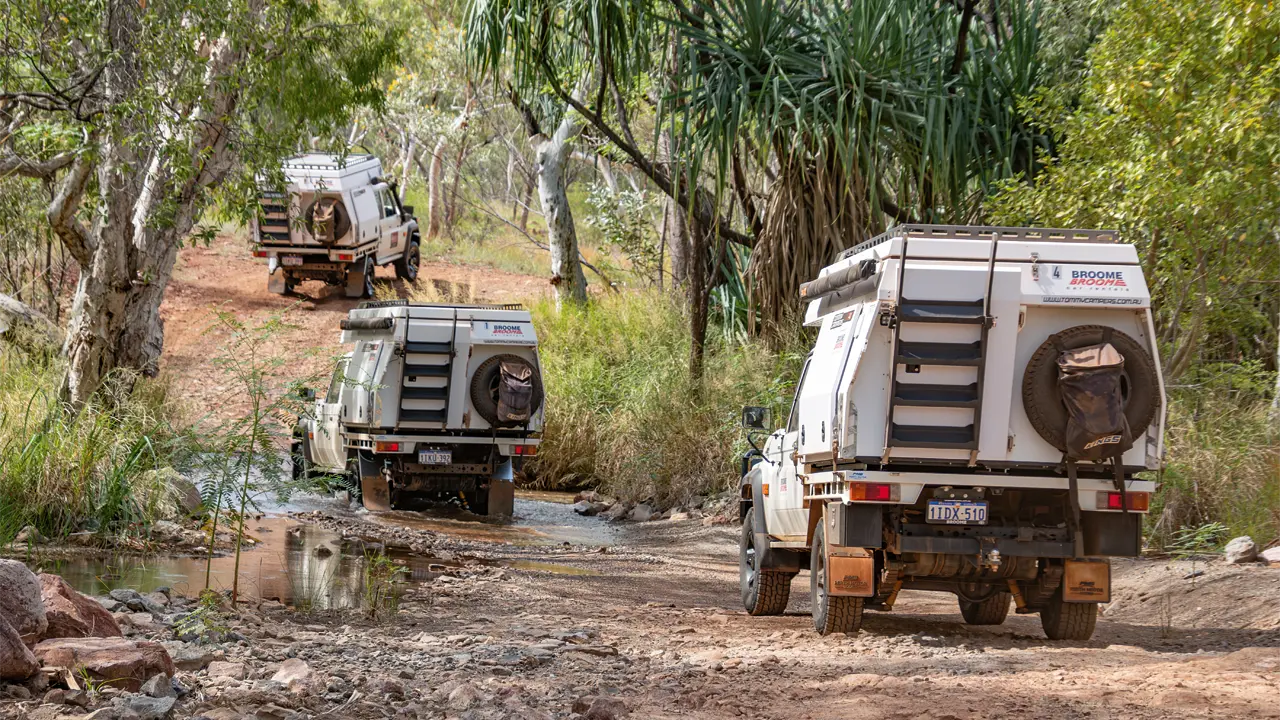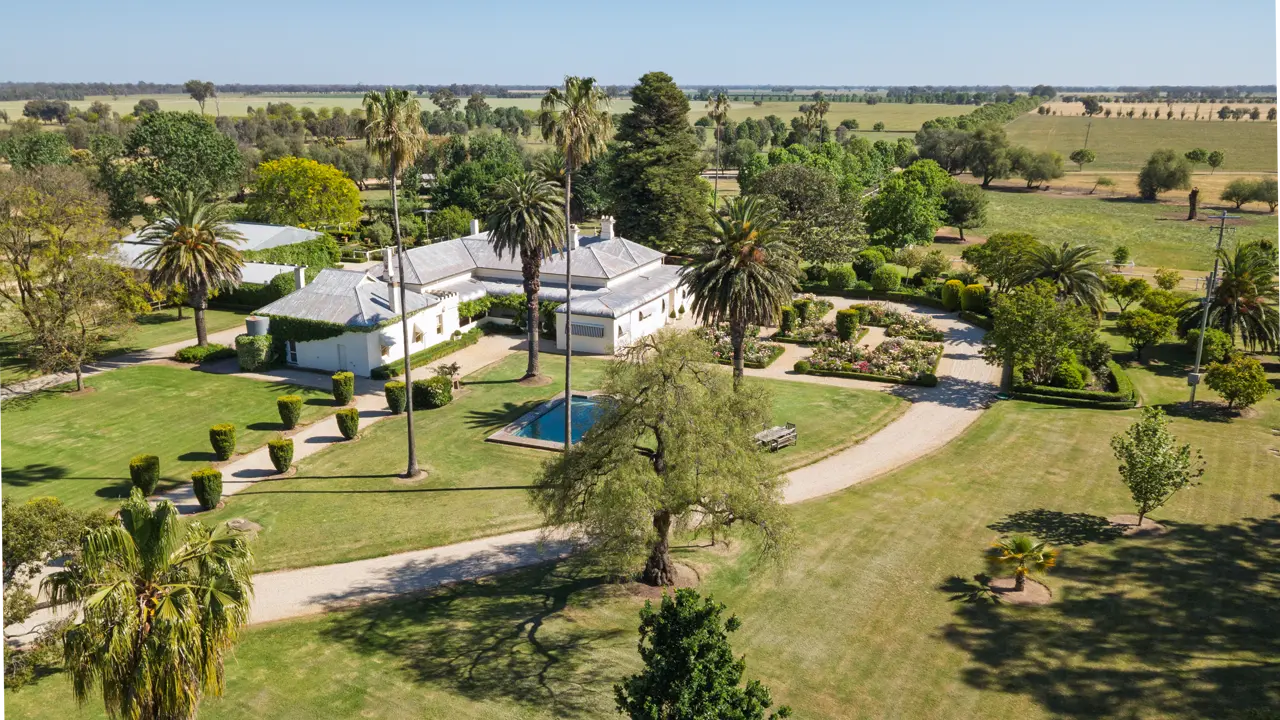Unknown to many Australians, the Sandstone Belt – also referred to as the Roof of Queensland – forms an isolated and often inaccessible spur of the Great Dividing Range, with stunning ranges, deep gorges and a wild side.
Story + Photos Mandy McKeesick
The Sandstone Belt is not a populous area. Though larger service centres lie to the south (Roma) and north (Emerald), the area itself is ringed by five towns – Springsure, Rolleston, Taroom, Injune and Tambo – whose collective population struggles to reach above 3500. Between the towns the ranges rise, engraved by features such as the world-famous Carnarvon Gorge and flanked by rich grazing lands.
The sandstone underpinning and defining the area was laid down in an inland lake, uplifted with the creation of the Great Dividing Range, then eroded and scored over millions of years before basaltic lava flows capped the area. Today, it is a landscape of imposing white cliffs, crumbling basalt dykes forming ‘get-ups’ out of the gorges, black soil plains and timbered grazing country.
Due to its rugged nature, much of the Sandstone Belt is covered by national parks and state forests. As senior ranger for the Sandstone Management Unit of the Queensland Parks and Wildlife Service, Alistair Hartley is responsible for a 9000sq km estate. “The Sandstone Belt contains flora and fauna unique to central Queensland and is diverse in its landscapes, from arid to high-altitude temperate zones,” he says. “The country around Tambo is in the arid zone and then the Sandstone Belt rises to 1250m on the Consuelo Tableland, where alpine grasses grow. Parts of the area receive more than 1000mm of rain each year and there are pockets of remnant rainforest.”
It is also a cultural landscape. Throughout the ranges rock art tells of Indigenous heritage. Explorers Mitchell, Leichhardt and Gregory opened the area to European colonisation and the Kenniff brothers – Australia’s last bushrangers – built duffing yards in quiet corners. Yet it is still a wild landscape and wild landscapes can attract wild people. It is a place where you can still see a horse tied up outside a pub and hear tall tales that may, or may not, be quite so tall. It’s a place where people hold strong ideals and are not afraid to uphold them; a place where the iron rule of authority becomes more malleable; a place where bushrangers may still exist. Words like frontier, wilderness, remote and wild are apt.
This story excerpt is from Issue #134
Outback Magazine: Dec/Jan 2021










